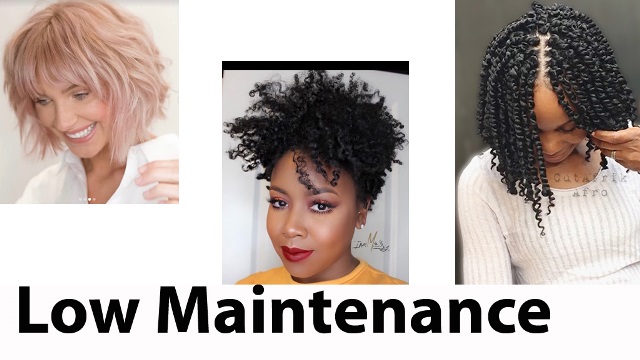Going Live? Get Ready for Judgment — Here’s How to Cope

Let’s be honest: showing your face on camera isn’t just a confidence boost—it can be a trigger. Because the minute you put yourself out there, to sell information, a product or anything of the sort, you open the door to judgment, criticism, and self-doubt.
Look! It’s not just a video—it’s you on display. Some people will comment on your looks, your voice, even your lighting, your background. Some will be kind. Some won’t. Some feedback might be helpful—but a lot won’t be. Hear is how I have learnt to cope and hope it could make it easier for you too.
Expecting judgement helps you be more resilient
It’s natural for people including you to give a review, comment on something on display. It might be positive or negative. The moment you expect both love and criticism — you become resilient.” Keep showing up.
Filter – Constructive criticism will build you
Constructive criticism is feedback that is helpful, respectful, and aimed at improvement — not harm. It’s the kind of critique that builds you, not breaks you. So filter criticism and use constructive criticism to build you and your work
Key Features of Constructive Criticism:
- Specific – It focuses on clear behaviors or outcomes, not vague or personal attacks.
→ “Your intro felt rushed — maybe slow it down for clarity.”
Not: “You’re just not good on camera.” - Respectful in tone – It uses a calm, supportive voice.
→ “I see your effort. Here’s what might make it even stronger.” - Solution-oriented – It offers ideas or suggestions to improve.
→ “Maybe try shorter clips or subtitles to boost engagement.” - Encouraging – It acknowledges what’s working while addressing what can be better.
→ “Your message is powerful — a little polish could make it shine even more.” - Invited or Appropriate – It’s given in a safe space, not blasted publicly or without consent.
Set boundaries
For not constructive feedback, set boundaries. Such feedback may include:
- Mocking, sarcastic, or passive-aggressive feedback
- Comments that attack your appearance, voice, or identity
- “Advice” that feels more like a put-down or control
When criticism isn’t constructive — when it’s hurtful, vague, or personal — your job is not to internalize it, but to protect your peace and respond wisely. Don’t respond in the heat of emotion. You may choose not to reply or you could say, e.g. “This isn’t helpful. If you’d like to offer solutions, I’m open.” Then move on. If someone is repeatedly disrespectful, mute or block (especially online)
Let your work speak louder than their bias.
You Might Be Underestimated especially if you look “too young,” “small,” “too simple,” too whatever. But don’t shrink yourself to fit their standards. Let your value speak louder. Keep going and let your work speak louder than their bias.
Bullies Are Also Watching. Spot Them, Shield Yourself, Stay Focused.
The key is: it’s not just one rude moment — it’s a pattern meant to tear someone down.
Yes, bullying can mess with more than just your confidence. It can affect how you show up, leave emotional scars, and even damage relationships — all while no one has noticed.
Learn more about bullying here
The video below breaks down for you more easily.








Recent Comments